Rapporti ISTISAN 09/49 ISTITUTO SUPERIORE DI SANITÀ Ageing ...
Rapporti ISTISAN 09/49 ISTITUTO SUPERIORE DI SANITÀ Ageing ...
Rapporti ISTISAN 09/49 ISTITUTO SUPERIORE DI SANITÀ Ageing ...
You also want an ePaper? Increase the reach of your titles
YUMPU automatically turns print PDFs into web optimized ePapers that Google loves.
<strong>Rapporti</strong> <strong>ISTISAN</strong> <strong>09</strong>/<strong>49</strong><br />
2.17.4. Some methods to measure the stages of change ..................................................... 36<br />
4.17.5. Pros and cons TTM................................................................................................. 36<br />
2.17.6. TTM application in planning dietary<br />
and physical activity improvement for elderly ........................................................ 37<br />
2.18. Analysis of limits and strong points of the theoretical models discussed ............................. 37<br />
2.18.1. Best practice in the training of social-health mediators .......................................... 39<br />
2.19. Relevance for CHANGE....................................................................................................... 41<br />
3. Communication, social relations and emotions .......................................................... 43<br />
3.1. Communication principles and the role of emotions............................................................... 43<br />
3.2. Role of intersubjectivity and health ........................................................................................ 48<br />
3.3. Role of social relation and health............................................................................................ <strong>49</strong><br />
3.4. Relevance for CHANGE......................................................................................................... 52<br />
4. Prosociality .................................................................................................................................. 54<br />
4.1. Introduction............................................................................................................................. 54<br />
4.2. Origin of the concept............................................................................................................... 54<br />
4.3. Definition ................................................................................................................................ 55<br />
4.4. Application field ..................................................................................................................... 55<br />
4.5. Importance and benefits.......................................................................................................... 55<br />
4.6. Prosocial quality communication............................................................................................ 57<br />
4.6.1. Critical view to linear models of communication..................................................... 57<br />
4.6.2. Definition.................................................................................................................. 58<br />
4.7. Relevance for CHANGE......................................................................................................... 59<br />
5. Social marketing........................................................................................................................ 60<br />
5.1. Definition ................................................................................................................................ 60<br />
5.2. Standards of practice............................................................................................................... 60<br />
5.3. Application to health education .............................................................................................. 61<br />
5.4. Application to health behaviours ............................................................................................ 61<br />
5.5. Relevance for CHANGE......................................................................................................... 65<br />
6. Characteristics of elderly people in Europe .................................................................. 67<br />
6.1. Introduction............................................................................................................................. 67<br />
6.2. Definitions of old age and ageing ........................................................................................... 68<br />
6.3. Demographic aspects .............................................................................................................. 69<br />
6.4. Socio-cultural scenario............................................................................................................ 75<br />
6.5. Structural indicators on health ................................................................................................ 76<br />
6.6. Nutrition.................................................................................................................................. 78<br />
6.7. Physical activity ...................................................................................................................... 78<br />
6.8. Relevance for CHANGE......................................................................................................... 80<br />
7. Interaction between mediators and elderly people .................................................... 81<br />
7.1. Intrapersonal level in the communication process: basic elements......................................... 83<br />
7.2. Mediators’ approach today...................................................................................................... 87<br />
7.3. Importance of non-verbal communication in the doctor-patient communication ................... 88<br />
7.4. Health approaches to diseases: comparing two models .......................................................... 89<br />
7.5. Classification of doctor-patient interaction styles................................................................... 90<br />
7.6. Mini-survey on health professionals ....................................................................................... 91<br />
7.7. Relevance for CHANGE......................................................................................................... 94<br />
iv



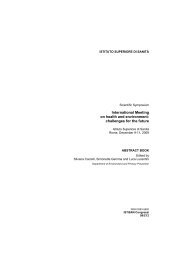
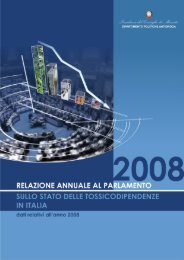
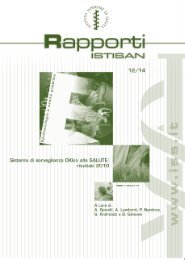
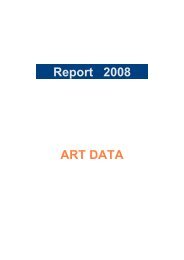
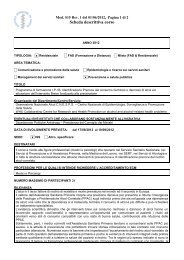
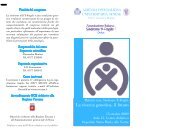
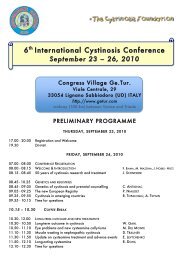
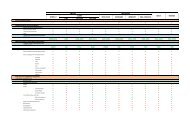
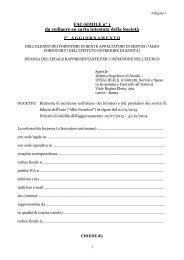
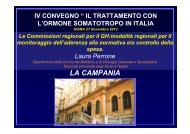
![Emilia Romagna [PDF - 175.10 kbytes]](https://img.yumpu.com/23556597/1/184x260/emilia-romagna-pdf-17510-kbytes.jpg?quality=85)
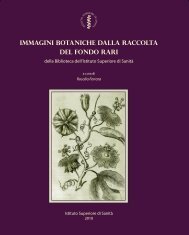
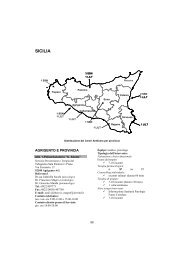
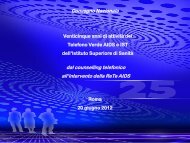
![Istisan Congressi N. 66 (Pag. 1 - 81). [PDF - 2021.12 kbytes] - Istituto ...](https://img.yumpu.com/23556493/1/171x260/istisan-congressi-n-66-pag-1-81-pdf-202112-kbytes-istituto-.jpg?quality=85)